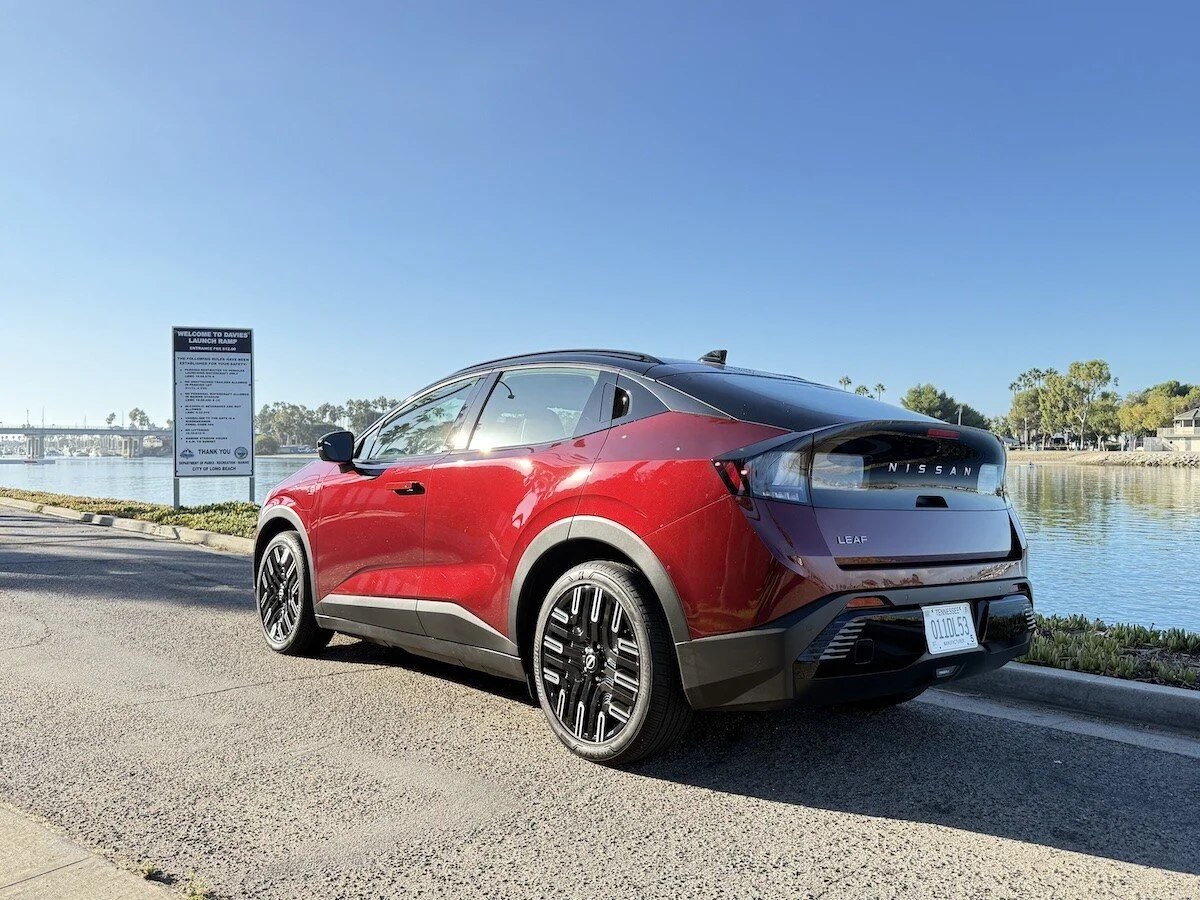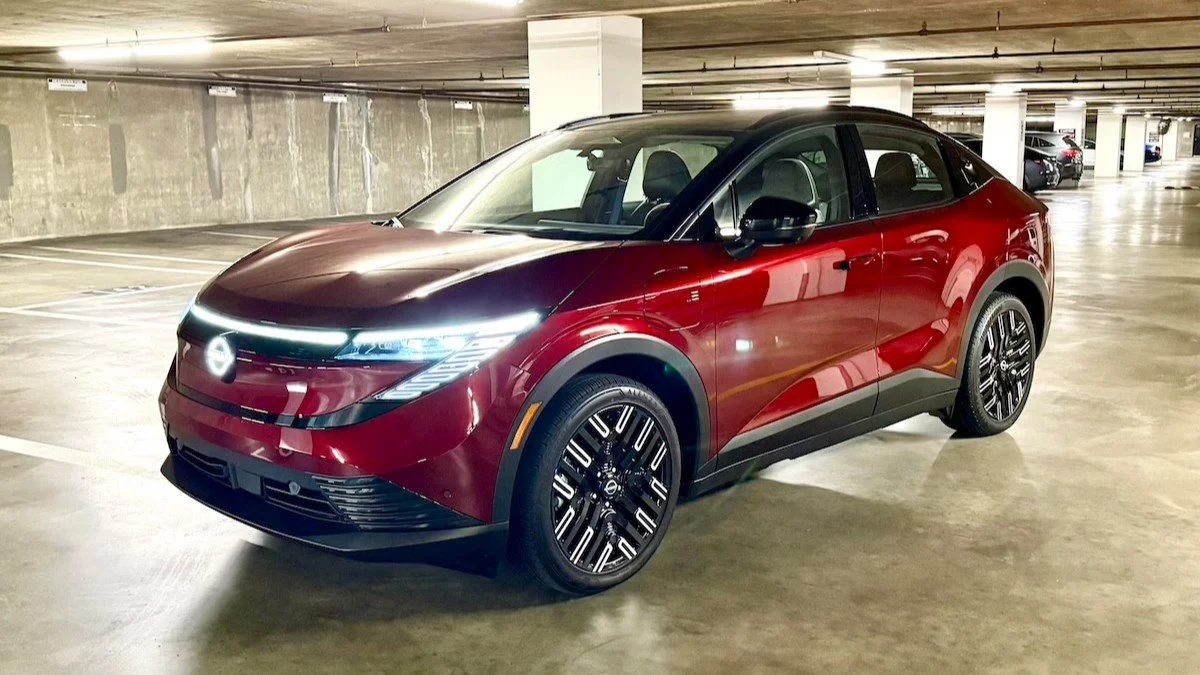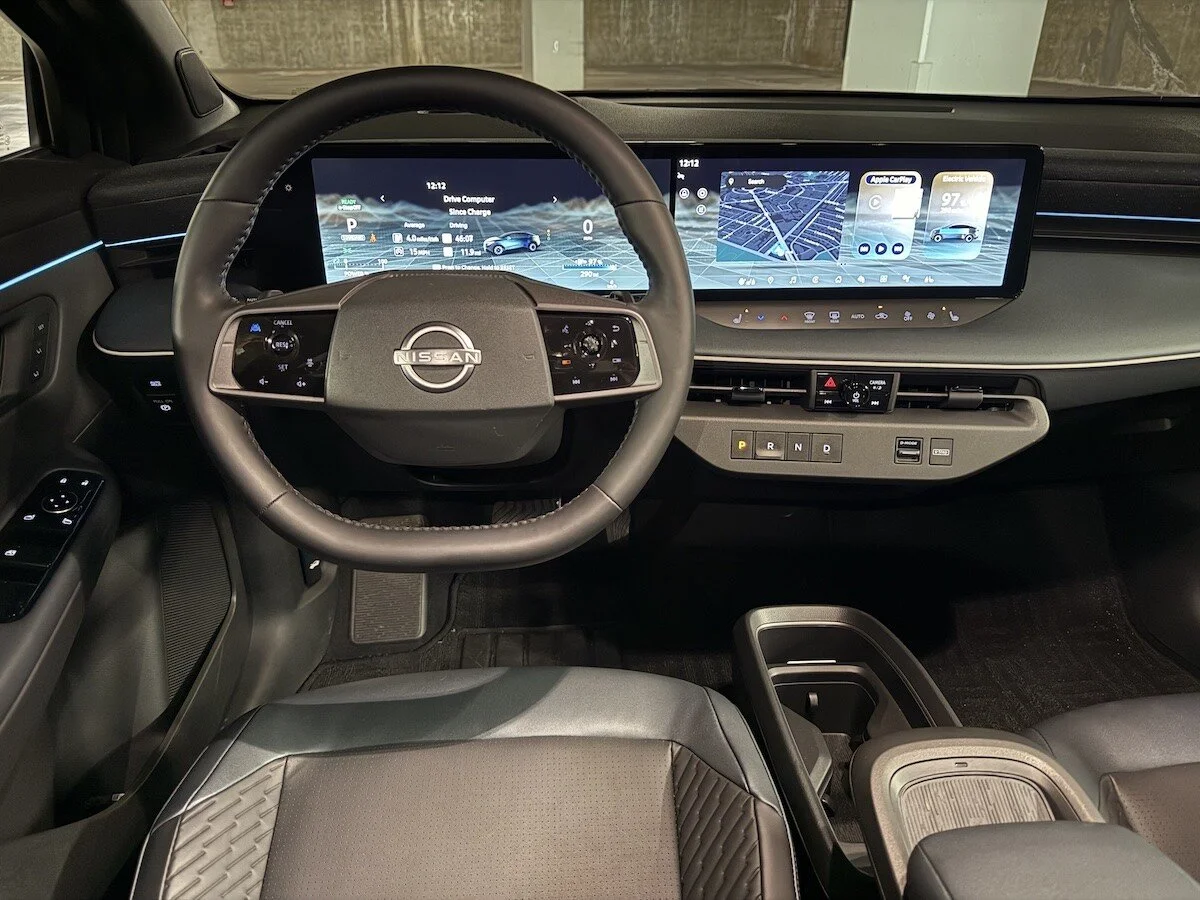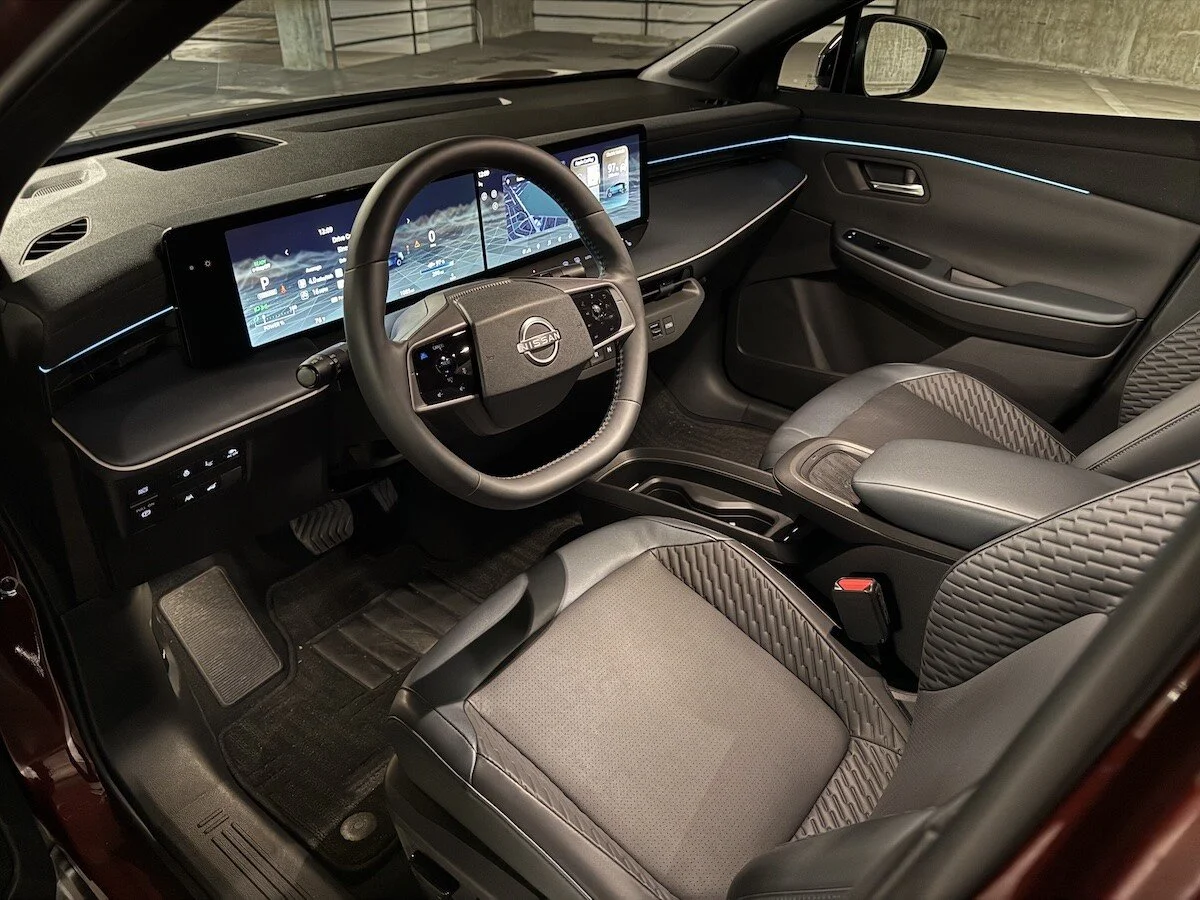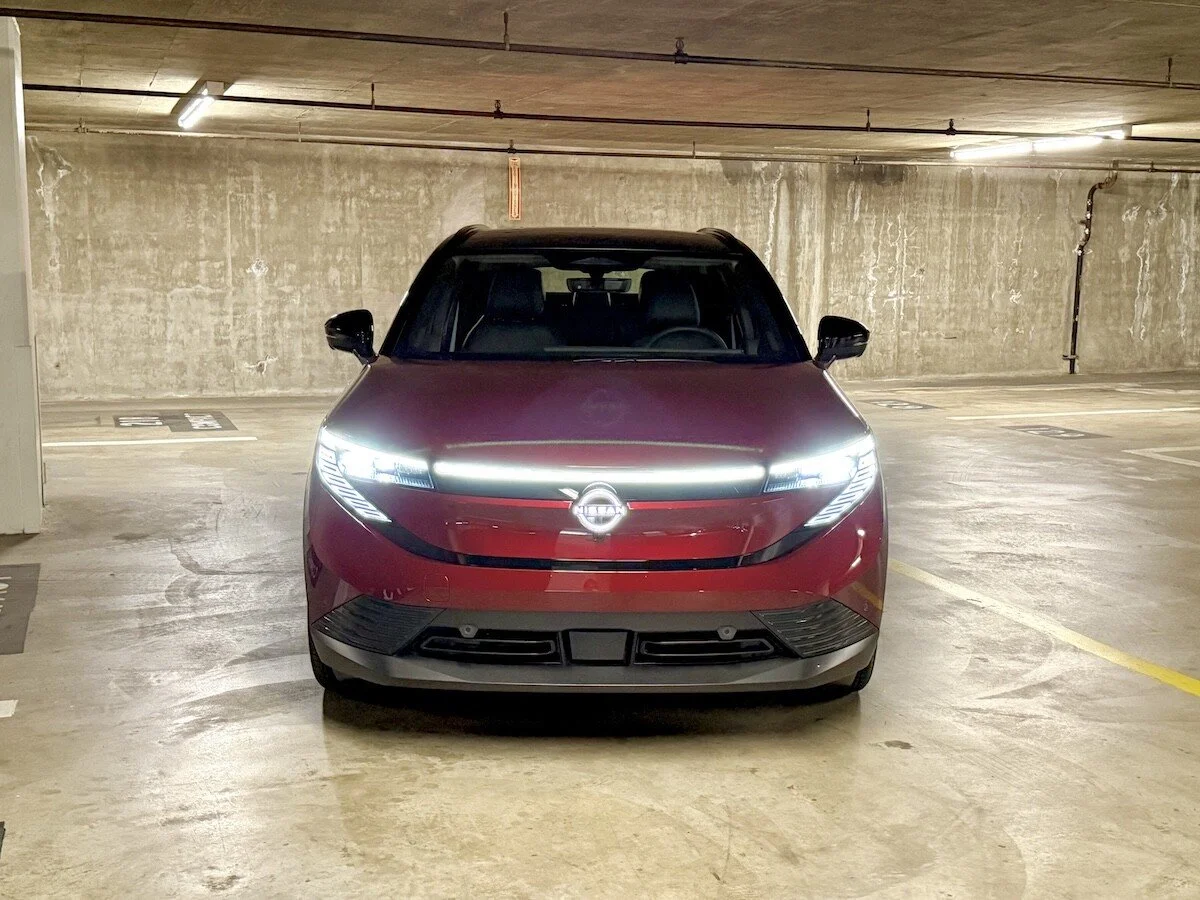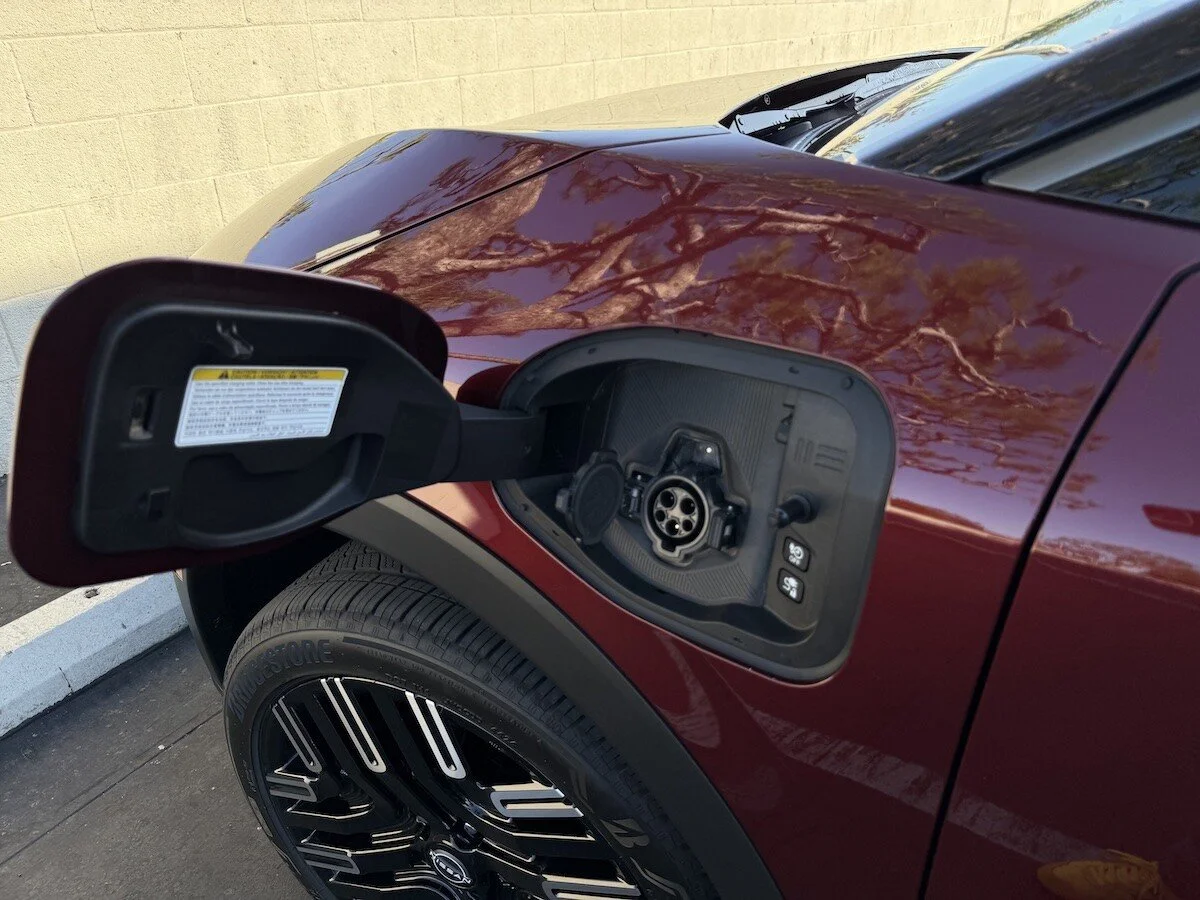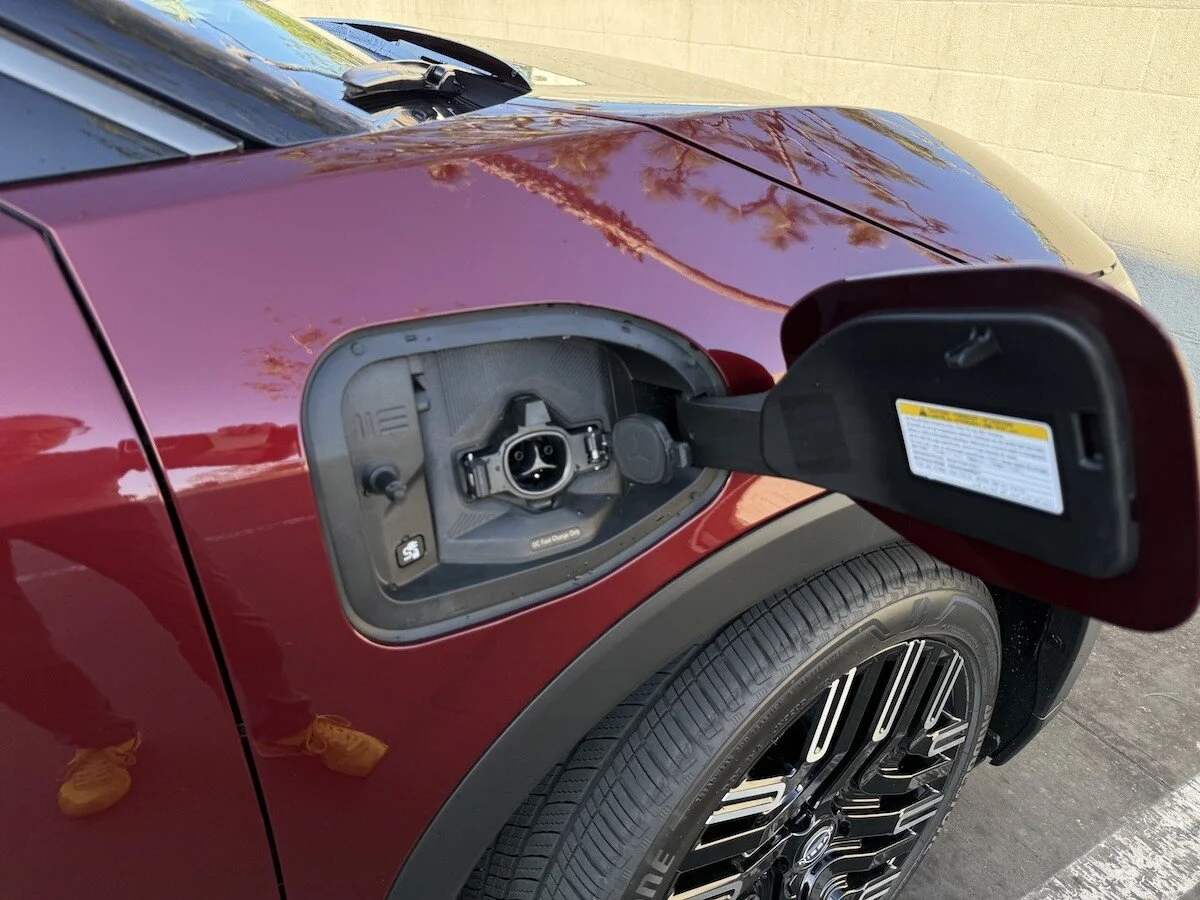By Ed Kim, President and Chief Analyst at AutoPacific
I recently got the chance to spend a few days with the all-new 2026 Nissan Leaf, now in its third generation and representing the biggest change to this nameplate since its launch for the 2011 model year. The third-generation Leaf has morphed from the unpopular five-door hatchback bodystyle to a much more fashionable coupe-crossover shape, and not surprisingly, it’s light-years ahead of the prior two generations in terms of technology and general appeal.
The new Leaf launches at a very awkward time. The latter half of this decade was supposed to usher in the next wave of EV adoption via much more affordable EVs. AutoPacific’s own data from our annual Future Attribute Demand Study has consistently shown that among EV rejectors, price is one of the biggest rejection reasons, and that a strong choice of appealing EVs priced below $35,000 would make many EV rejectors reconsider. And certainly, automakers were poised to address the EV affordability issue with models that would have - with the now-canceled Federal tax credit for zero-emissions vehicle purchases and leases, meant multiple EV models effectively starting in the low-$20,000 range.
The Leaf is built in Japan alongside the now-discontinued (for the U.S.) Ariya because of its platform and parts commonality with Ariya, meaning a big part of the new Leaf’s supply chain is already in place in Japan. This also means it would not have qualified for the now-defunct $7,500 tax credit for EV purchases since it’s not built in the U.S., but it would have still qualified for the full credit when leased.
With the tax credit now gone AND now a 15% tariff on imported autos from Japan, the business case and value proposition for Leaf have changed dramatically right as it arrives at U.S. dealers. Make no mistake - the pricing of the new Leaf is impressive with the 303-mile S+ version starting at under $30,000, and the loaded Platinum+ I drove starts at just under $39,000. But the tax credits would have effectively reduced those prices by $7,500 when leased, making it a truly affordable EV with pricing on par with - or even below - comparable gasoline-powered small crossovers. But with the tax credits one and now a 15% tariff applying to the Japan-built Leaf, all that is out the window. Talk about unfortunate timing.
In fact, these developments affect a whole host of affordable EV models hitting the market over the next couple of years. Automakers like Ford, Chevrolet, Stellantis, and even newcomers like Slate also plan to launch affordable EV models in the next couple of years. But they won’t be as affordable as they would have been with the tax credit, and that will contribute to the EV adoption slowdown that we will continue to experience in the years to come. Previously, AutoPacific had forecast affordable EVs to power the next wave of EV adoption. But with that affordability greatly compromised, entry-level EVs won’t have the outsized impact on EV adoption growth that they were once expected to have.
Having said all that, Nissan has definitely worked to make the new Leaf as affordable as possible. The S+ model, with 303 miles of range, starts at $29,990, the same starting price as the 2018 Leaf that could only muster 151 miles of range (though the 2018 model would have qualified for the tax credit, bringing the effective price down by $7,500). And the $38,990 Platinum+, which I tested, has an artfully designed and upscale interior and luxurious feature content that feels truly premium and is one of the best Nissan interiors I’ve seen in years. And the user experience is excellent with SV and Platinum+ models using excellent Google Built-in software with embedded Google Maps and Google Play Store for additional apps, such as Spotify. Dual 14.5-inch screens in the SV and Platinum+ are impressive in their clarity and ease of use, but even the cheapest S+ model uses dual 12.3-inch screens - large even by luxury car standards. The only notable demerit inside is the fairly tight back seat compared to other small EVs like the Hyundai Kona Electric, Kia Niro EV, or the soon-to-return Chevrolet Bolt.
It’s an exceedingly pleasant thing to drive too. It’s not an enthusiast vehicle by any means, but that’s not its mission. It accelerates quickly enough, it’s very quiet inside, the suspension is tuned to be very comfortable and very nicely damped, and the steering is devoid of feel but still quite precise. Only a squishy brake pedal lacking in feel detracts from the driving experience.
Because EV drivers in the U.S. will be dealing with charging adaptors for years to come, with the slow transition to the Tesla-based North American Charging Standard (NACS), Nissan has thoughtfully provided a wonderful solution with two separate charge ports. The left charge port is a standard J1772 type for slower Level 1 or 2 AC charging (as one would do at home), meaning no adaptor is needed to use the most common home charging standard. The right-side charge port has a NACS port for DC fast charging at Tesla Superchargers, and the driver will need a CCS-to-NACS adaptor to fast charge on a non-Tesla charger. I recently spent time with a Hyundai IONIQ 9 with only a single NACS port and quickly realized that it needed not one but two adaptors if I wasn’t using a Tesla charger, one for AC charging at home and another for DC charging on the go. That was inconvenient. I prefer Nissan’s solution of only requiring one adaptor, and only for DC fast charging.
So, bravo to the new Leaf as a product. But I can’t help ponder the effect this and other upcoming entry-level EVs would have had on EV adoption rates without the double whammy of the loss of the tax credit and tariffs on imported vehicles and parts (the latter still affecting U.S.-built vehicles). To be fair, though, the Leaf Platinum+ feels worth every penny of its $39,000 price tag, even compared to gasoline-powered equivalents like the Mazda CX-30 Premium Plus or Toyota Corolla Cross Hybrid Limited. And the value proposition is undoubtedly even stronger in the cheaper S+ and SV models. But without the $7,500 break on its price when leasing, can it have the same impact on EV adoption growth that it would have prior to September 30? Probably not, and that’s unfortunate.

